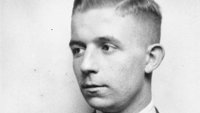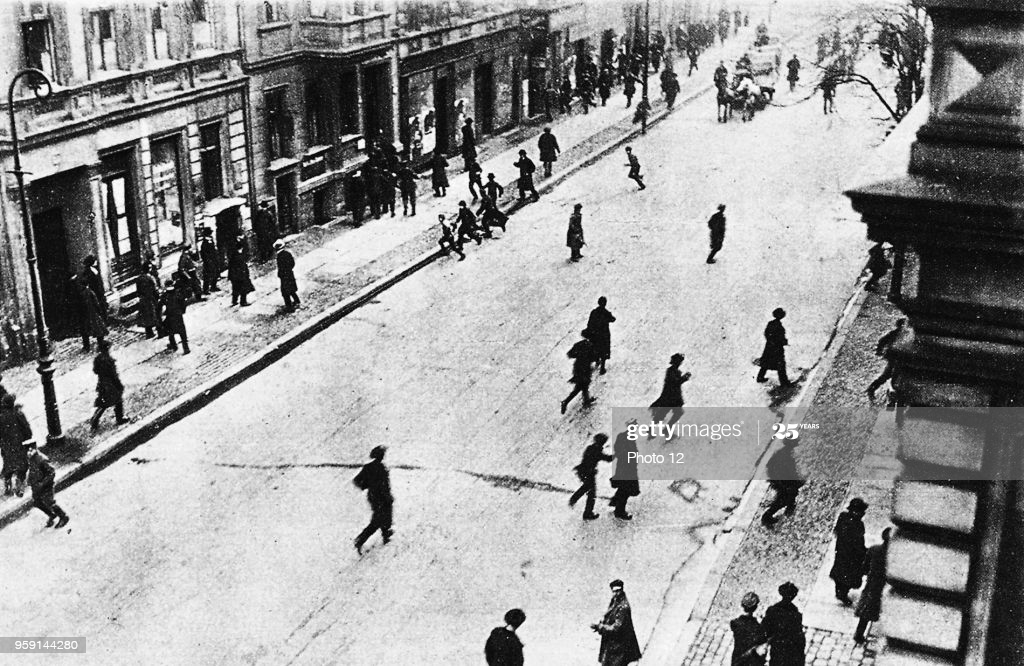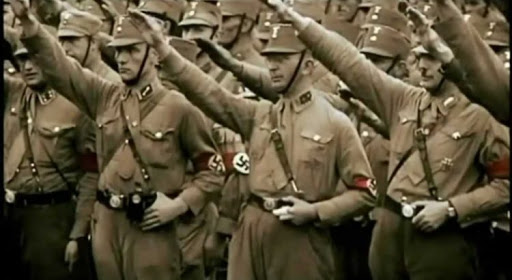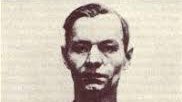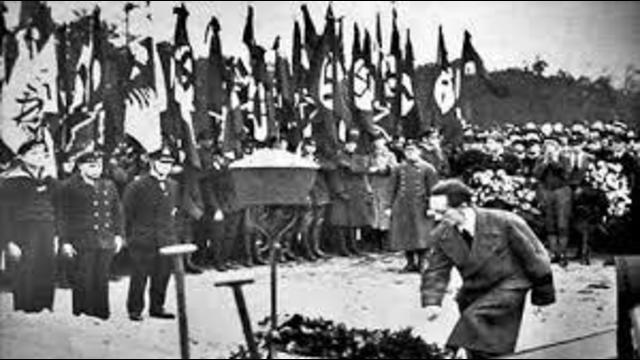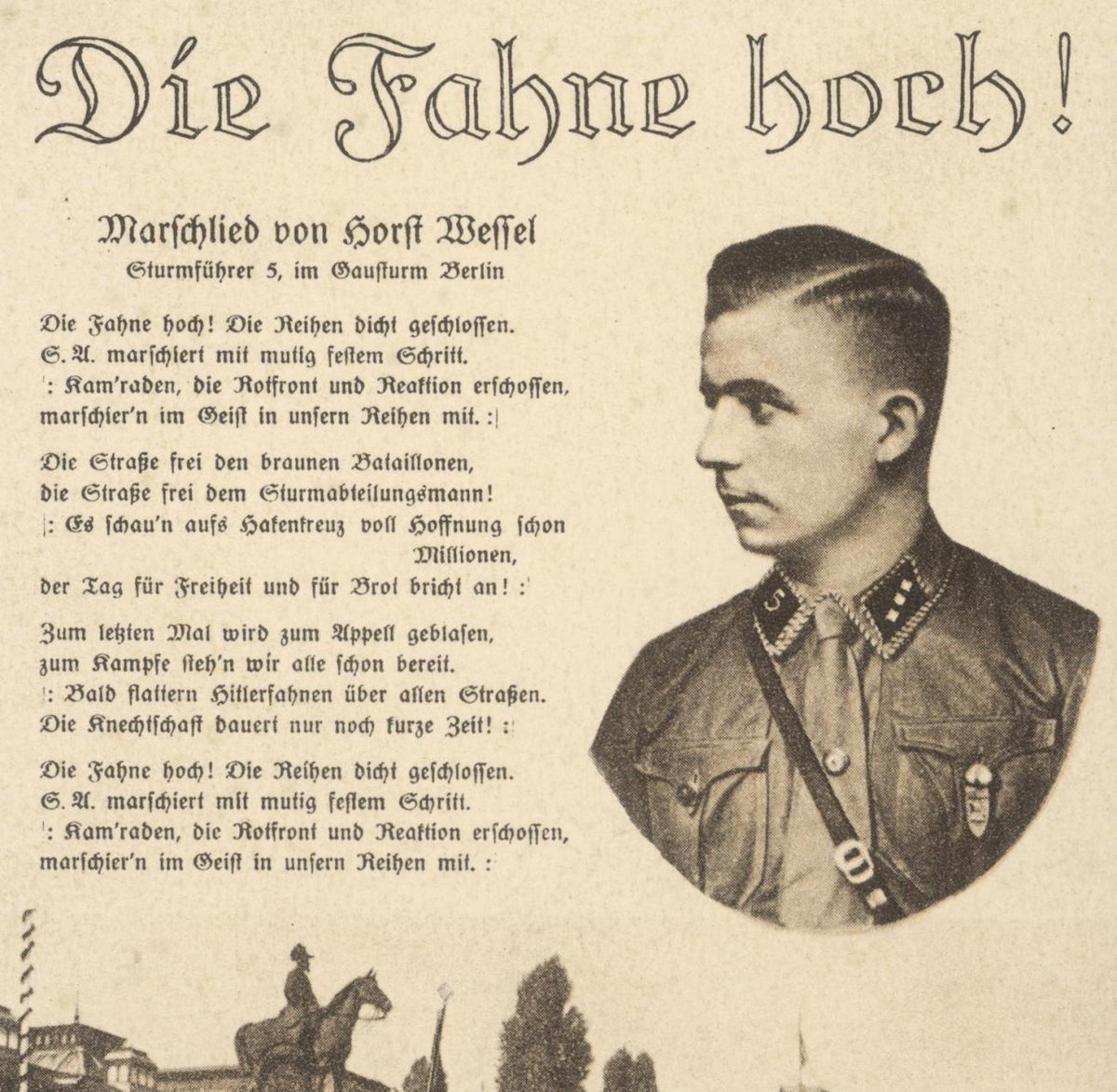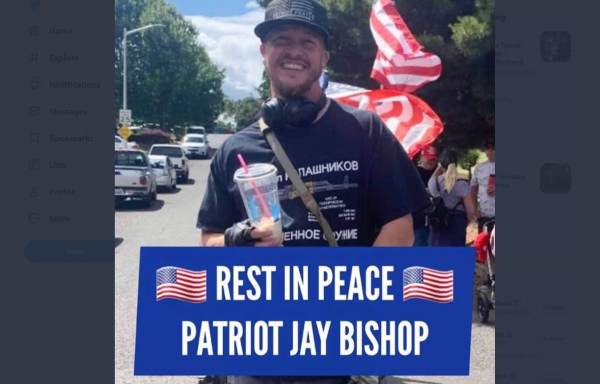Horst Wessel was born on the 9th of October, 1907, in a suburb of Berlin, to a middle class family of clergy. He passed his high school Abitur and went to study law. Throughout his adolescence, he drifted through a series of nationalist youth groups. /1
In each of these groups, Wessel was an enthusiastic participant, often joining in to instigate brawls with left-wing groups. Throughout the late 1920s and early 1930s, Berlin was the scene of frequent street battles. /2
In 1926 Wessel joined the Sturmabteilung/Stormtroopers or & #39;SA& #39;. This was the paramilitary arm of the Nazi Party, initially made up of WW1 veterans and petty thugs, and later on, young men keen looking for purpose and a ladder up. /3
Wessels drive, determination and propensity for a fight led to him being noticed by Josef Goebbels, who had been sent to Berlin to lift the profile of the Nazi Party. Not only was he sent to a number of events both to train, and speak, but he quickly rose through the ranks. /4
When Wessel wasn& #39;t speaking, or leading his SA unit to beat and terrorise left-wing groups, he had a girlfriend, Erna Janicke, who worked as a sex worker near Alexanderplatz. She moved in with him in 1929, causing a rift with his landlady, who tried to evict the pair. /5
Scared that Wessel& #39;s SA friends would prevent the eviction of Wessel and his girlfriend, his landlady reached out to the local KPD - or German Communist Party - to force him out. /6
On the 14th of January, Albrecht Hoehler, a KPD member, turned up to the apartment. When Wessel opened the door Hoehler shot Wessel with a revolver. He would die nine days later. /7
Upon Wessel& #39;s death, Berlin& #39;s Nazi leadership began his transformation into a martyr. His funeral was filmed and distributed throughout Germany. His likeness and story were reproduced in books, magazines, posters and other media. /8
A marching song - & #39;Die Fahne Hoch& #39; - was named & #39;Horst-Wessel-Lied& #39;, or & #39;The Horst Wessel Song& #39; and sung by SA units, as well as the Hitler Jugend and BDM (Bund Deutscher Madel) throughout the time of Nazi rule. /9
Horst Wessel& #39;s life - one of violence, thuggery and intimidation in the stews surrounding Berlin& #39;s Alexanderplatz - was rehabilitated to make him a paragon of Germanic male virtue. He became a symbol that drove the further persecution of other political groups. /10
So when you hear about Jay Bishop/Aaron Danielson& #39;s death in Portland, remember the story of Horst Wessel, and how his history was rewritten to make him a battleflag, a symbol to rally around. /11
History echoes and echoes and echoes. The same things reverberate throughout politics and street movements over the decades. Understand what& #39;s being done and don& #39;t forget the objective truth... /12
Jay Bishop was a member of a violent street gang. Still, his was a life wasted, due to hate and violence. /FIN

 Read on Twitter
Read on Twitter